Category

Popular Products
-
 Pulse Oximeter
Pulse Oximeter
KSh 3,000.00Original price was: KSh 3,000.00.KSh 2,500.00Current price is: KSh 2,500.00. -
 Eye Wash Station
Eye Wash Station
KSh 15,000.00Original price was: KSh 15,000.00.KSh 13,500.00Current price is: KSh 13,500.00. -
 Nurse Cap white Pkt 100
Nurse Cap white Pkt 100
KSh 550.00Original price was: KSh 550.00.KSh 500.00Current price is: KSh 500.00. -
 FOIF RTS102 Total Station Complete
FOIF RTS102 Total Station Complete
KSh 680,000.00Original price was: KSh 680,000.00.KSh 650,000.00Current price is: KSh 650,000.00. -
 Test Tube Stand
Test Tube Stand
KSh 250.00Original price was: KSh 250.00.KSh 190.00Current price is: KSh 190.00.
Latest News

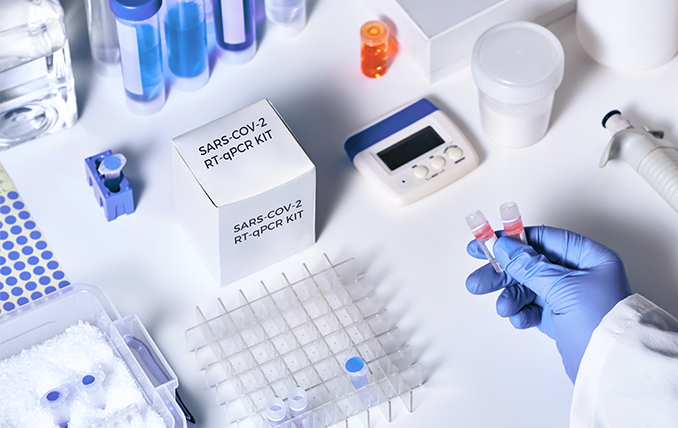

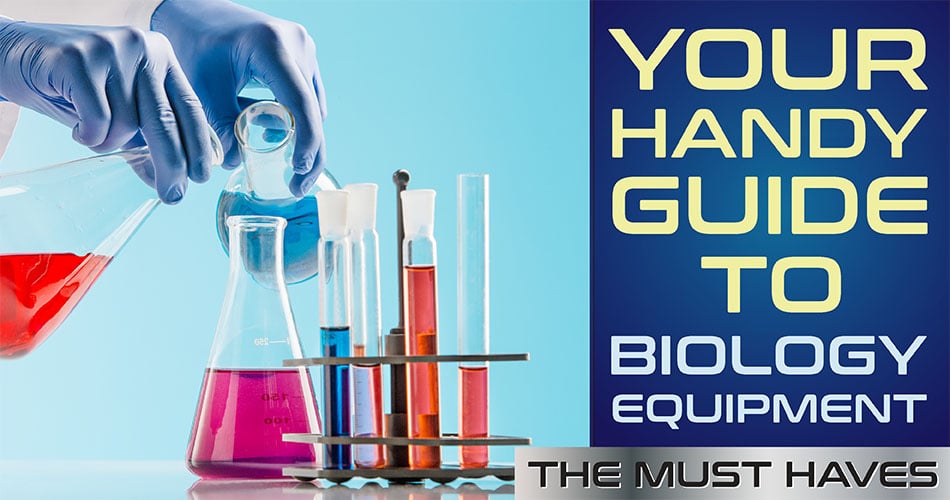
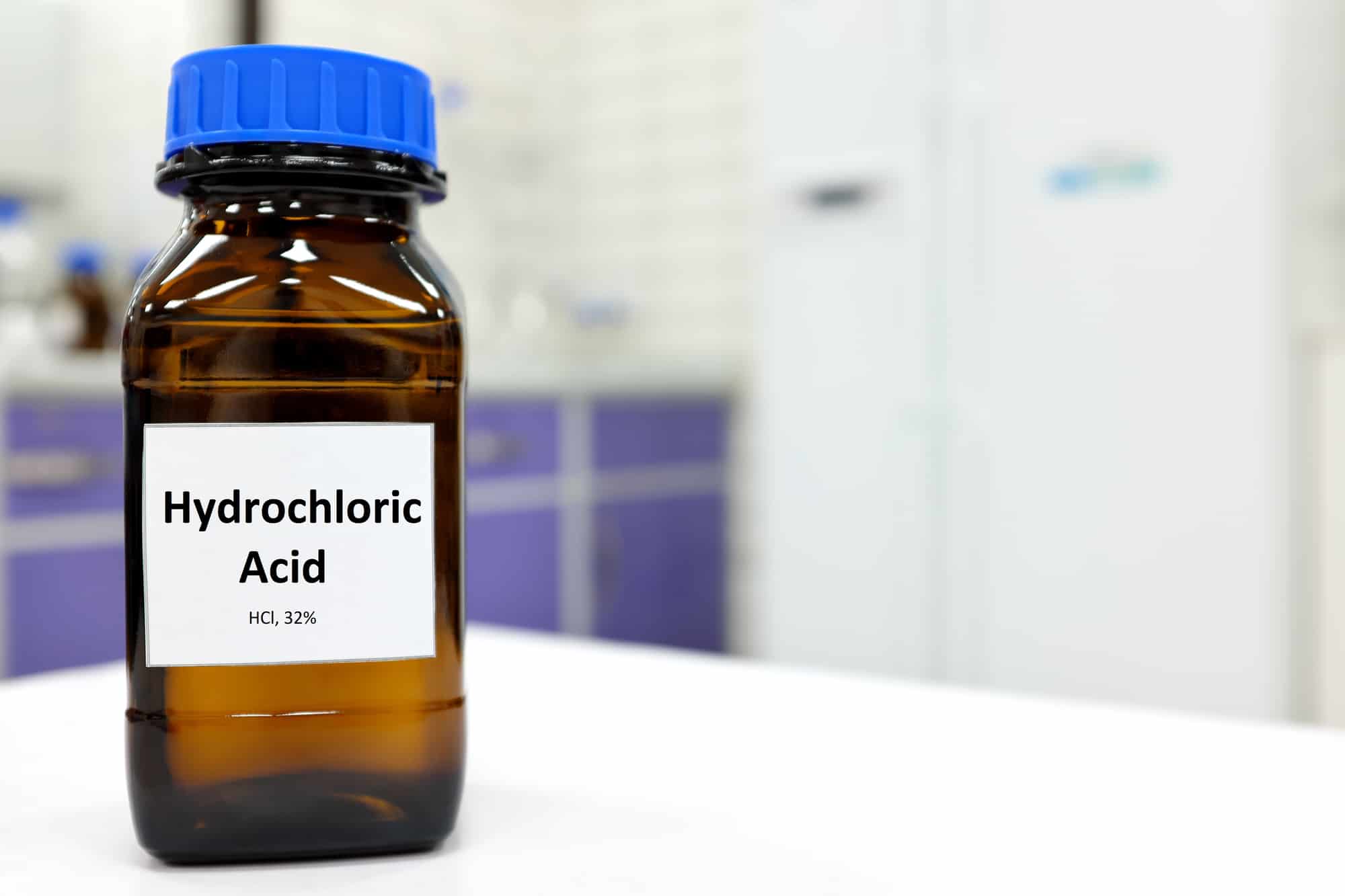

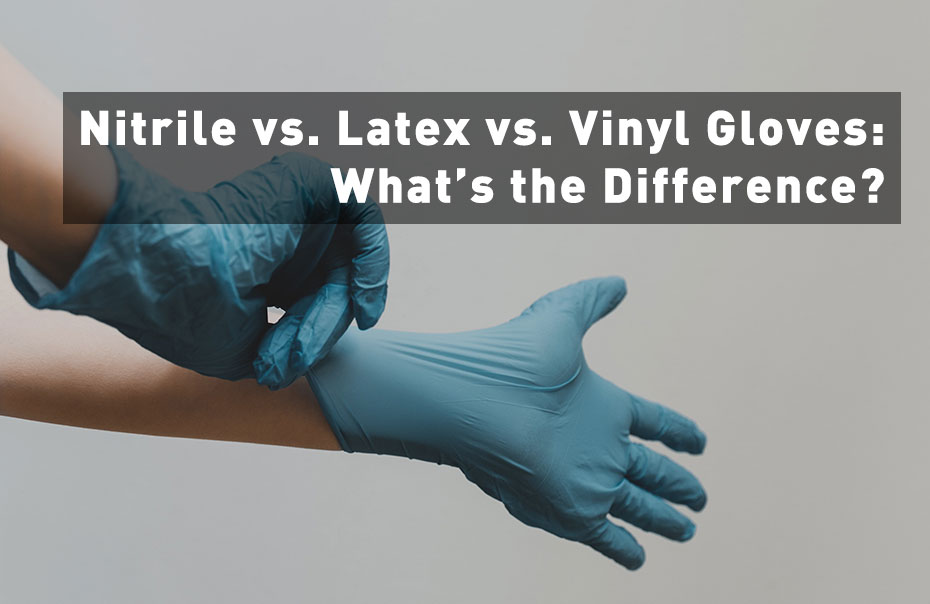
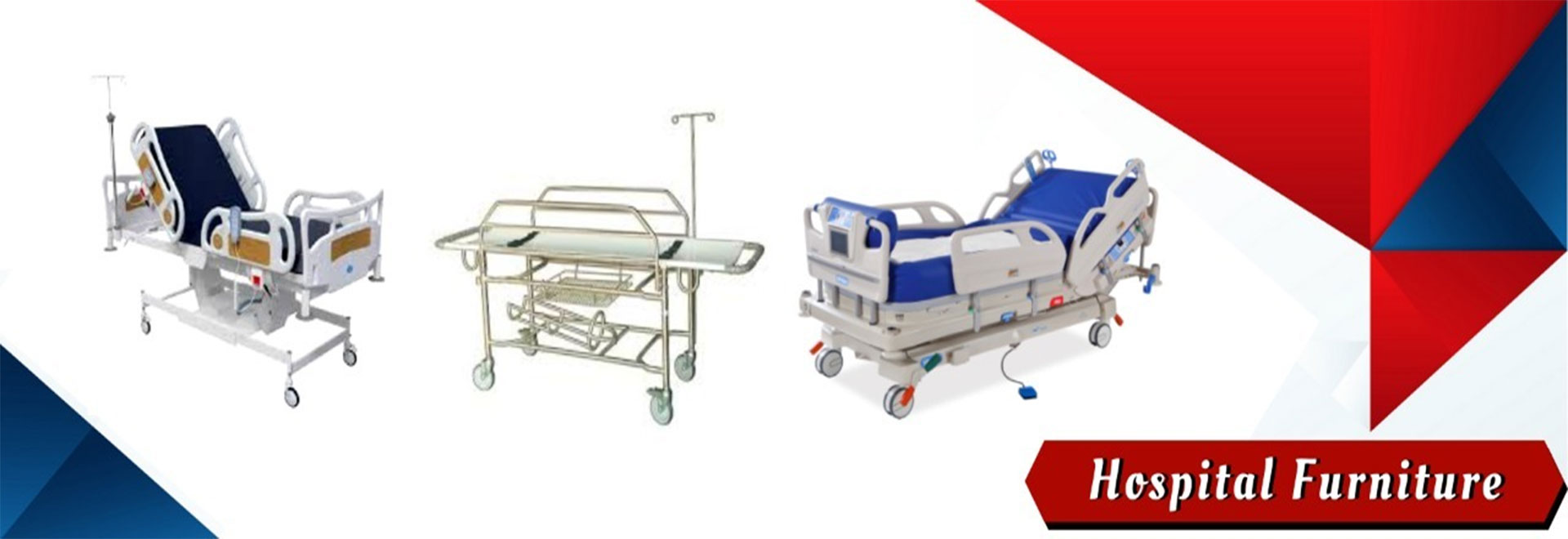

On Sale Products
-
 CBR swell Tripod
CBR swell Tripod
KSh 35,000.00Original price was: KSh 35,000.00.KSh 32,000.00Current price is: KSh 32,000.00. -
 Sodium Alginate Extrapure 250g
Sodium Alginate Extrapure 250g
KSh 19,500.00Original price was: KSh 19,500.00.KSh 15,950.00Current price is: KSh 15,950.00. -
 FOIF RTS102 Total Station Complete
FOIF RTS102 Total Station Complete
KSh 680,000.00Original price was: KSh 680,000.00.KSh 650,000.00Current price is: KSh 650,000.00. -
 Biospy Needle
Biospy Needle
KSh 3,800.00Original price was: KSh 3,800.00.KSh 3,500.00Current price is: KSh 3,500.00. -
 Biohazard Box 5ltrs
Biohazard Box 5ltrs
KSh 300.00Original price was: KSh 300.00.KSh 250.00Current price is: KSh 250.00.


The first centrifuge was built by Alexander Prandtl in 1875 as a mean of separating cream from milk. Since then, the laborator centrifuge developed to be a principal tool in scientific and clinical labs.

The Centrifugation concept and applications:
When an object is put in rotation around an axis, an outward radial force is applied on it. This centripetal force is used to accelerate Sedimentation, a process where denser particles move faster to the bottom, or in a centrifuge, towards an outward direction. This principle is used for several different applications in the modern lab, with the purpose of separating different constitutes within a solution:
- Cells centrifugation: When there’s a need to transfer cells from one solution to another, it is required to the separate of the media of the cells themselves, which are denser than their solution and therefore sediment in the bottom of a tube, which allows a replacement of the media without loosing the cells. Cells, depending on their size, are usually centrifuged at speeds of 300-500G depending on their size. The higher the speed, the faster and better they sediment, however with the cost of a higher physical stress to the cells which might damage or tear them.
- Differential centrifugation: This method, similarly to cells centrifugation, exploits the concept where denser and larger particles sediment faster. Therefore, brief centrifugation cycles are applied to a tube, and between each cycle, the fraction which has sedimented in the bottom of the tube is collected. A common use to this method is in cell lysated, where the different organelles sink in the tube in different rates, and are collected separately between each centrifugation.
- Ultrafiltration: A method to purify a solution from proteins up to a certain size, depending on the ultrafiltration tube membrane. These tubes use the centripetal force to push a liquid through a semi-permeable membrane. Different cutoff membranes exist in the marker, from 3000 NMWL to 100K NMWL, which allow every protein up to a certain size to pass the membrane into the disposal compartment, leaving a filtered and concentrated solution in the upper part. It is commonly used to purify and study proteins, concentrate viral vectors such as AAV, Retro and lentivirus, and more.
- Density gradient separation (Rate-Zonal Centrifugation): This method is mostly used in biology labs to separate tissues and subcellular organelles to their components. Using an application specific dense and viscous medium, particles with different densities are concentrated in defined bands within the gradient medium, which itself has a differential density along the tube. This allows for a better separation of the different components, which are layered in different bands according to their densities. Some methods include a multi layered medium, where the bottom layer is the densest and most concentrated, while the upper layers are lighter. In this case, the particles usually focus on the borderline between the media layers. Of the most popular uses of this concept is whole blood separation to it’s different cellular components, which is done by mixing the blood with a dense polysaccharides rich media. In order not to break or mix the different bands that are formed by the centrifugation, a very slow and gradual deacceleration is applied to the tubes, thus maintaining the gentle layers separated.
-
-
Nebulizer
KSh 16,500.00Add to cartmakes managing your respiratory health easy. It’s simple to use, efficient, ensuring quick and reliable treatment for you and your loved ones.
-
Soft Cervical Collars
KSh 1,500.00Original price was: KSh 1,500.00.KSh 1,200.00Current price is: KSh 1,200.00.Add to cartSoft Foam Neck Brace Universal Cervical Collar, Adjustable Neck Support Brace for Sleeping – Relieves Neck Pain and Spine Pressure, Neck Collar After Whiplash or Injury (2.5″ Depth Collar, M)
-
Delivery Bed
KSh 40,000.00Original price was: KSh 40,000.00.KSh 39,950.00Current price is: KSh 39,950.00.Add to cartThe delivery bed that is comfortable, easy to use and ergonomic. Comfortable and ergonomic for the mother, easy to use by doctors and nursing staff. That characterizes the Nascentia delivery bed.
-
-
-
Compass with Mirror
KSh 2,850.00Original price was: KSh 2,850.00.KSh 2,500.00Current price is: KSh 2,500.00.Add to cartA professional mirror compass with top-of-the-line features for precise directional measurements globally
The advanced navigation compass. When venturing out into new territory, these sighting compasses offer precision navigation with a variety of carefully engineered and dependable features for challenging conditions.
PRODUCT HIGHLIGHTS
Fast, globally balanced needle with jewel bearing
Sighting tools for accurate direction taking
Adjustable declination correction -
CBR swell Tripod
KSh 35,000.00Original price was: KSh 35,000.00.KSh 32,000.00Current price is: KSh 32,000.00. -
Medex 4″x 4″ 8Ply Sterile Gauze Swabs
KSh 1,800.00Original price was: KSh 1,800.00.KSh 1,600.00Current price is: KSh 1,600.00. -
Human Stomach Pancreas Anatomical Model
KSh 5,000.00Original price was: KSh 5,000.00.KSh 4,100.00Current price is: KSh 4,100.00.Add to cartHelp a better understanding of human stomach structrure
Also a good addition for lab ornament supplies
Material: PVC Material -
Ambulance Stretcher
KSh 150,000.00Add to cartAmbulance stretchers make it possible to lift even heavy patients
into the ambulance. Stretchers are used in the medical profession to carry an injured person when they are incapacitated to the extent that they cannot walk, move, or if they are unconscious. -
Ambu bag Paediatrics
KSh 3,500.00Add to cartThe Ambu Oval Plus Silicone Resuscitators has been constructed to use the Mark IV patient vale, the Mark IV inlet valve and the reusable oxygen reservoir. With the compatibility to Mark IV the amount of spare parts need to be maintained during the regular use.
The Ambu Bag Resuscitators is made out of a view parts that can be disassembled easily. The whole Resuscitator can easy be cleaned and autoclaved at a temperature of 134° Celsius.
The unique shape is small and easy to hold. The ergonomic, lightweight design of Ambu Oval Silicone Resuscitator is made for optimal user handling. The Ambu Oval Plus Silicone resuscitator has a special textured surface combined with the unique support strap to ensures that a comfortable and firm grip is guaranteed, allowing for effective ventilation over extended periods, without the problem of hand fatigue.
The resuscitators are semi-transparent allowing for a visual check of the patient’s condition. A pressure limitation valve is optional for the adult version and has been included into the design of the pediatric versions to ensure the safety of the patient
Related
Written by labsoko

Testimonials

Mount Everest Clinics
We have been purchasing products from labsoko for the past few months, and we can attest that they supply quality products with very professional approach.

Dr. Stela
Thank you labsoko, you are God sent, it has become easy for us to order our hospital's equipment's and get delivered on time. Asanteni!!!
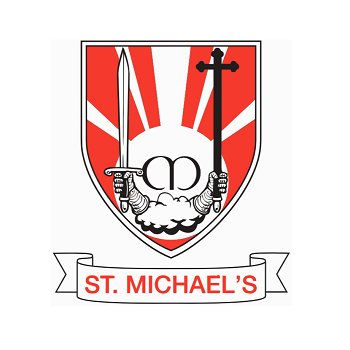
St Michaels High Scool
All our lab equipments have been restocked from labsoko.com website. We were recommended by a lab technician to you and all we can say is that YOU DELIVER. Keep it up guys
Latest Products
-
 Smart2Pure™ UV/UF 12 ltrs Water Purification System
KSh 2,500,000.00
Smart2Pure™ UV/UF 12 ltrs Water Purification System
KSh 2,500,000.00
-
 VeritiPro™ Thermal Cycler, 96 well
KSh 1,695,000.00
VeritiPro™ Thermal Cycler, 96 well
KSh 1,695,000.00
-
 Kolida KTS-491R10LC Digital Total Station
KSh 1,350,000.00
Kolida KTS-491R10LC Digital Total Station
KSh 1,350,000.00
-
 Ohaus MB120 Moisture Meter
KSh 995,000.00
Ohaus MB120 Moisture Meter
KSh 995,000.00
-
 Leica Sprinter 250 Digital Level
KSh 698,500.00
Leica Sprinter 250 Digital Level
KSh 698,500.00
-
 Kolida K1 PRO Receiver
KSh 675,000.00
Kolida K1 PRO Receiver
KSh 675,000.00
-
 Kolida KTS-442UT Total Station Set
KSh 675,000.00
Kolida KTS-442UT Total Station Set
KSh 675,000.00
-
 FOIF RTS102 Total Station Complete
FOIF RTS102 Total Station Complete
KSh 680,000.00Original price was: KSh 680,000.00.KSh 650,000.00Current price is: KSh 650,000.00. -
 Leica- Sprinter 150 Digital Level
KSh 560,000.00
Leica- Sprinter 150 Digital Level
KSh 560,000.00
-
 DP 20 Portable Ultrasound Machine
DP 20 Portable Ultrasound Machine
KSh 550,000.00Original price was: KSh 550,000.00.KSh 510,000.00Current price is: KSh 510,000.00.
Recent Articles
- Success Story Of A New Clinic After Purchasing All Hospital Equipment’s Online
- Hospital Furniture In Kenya
- Hospital Diagnostic Kits In Kenya
- Hospital Equipment’s In Kenya
- Understanding & Starting an ovulation test kit business in Kenya
- Teacher’s Guide to Lab Supplies Needed for Biology in Kenya
- Understanding Hydrochloric Acid And Where To Buy In Kenya
- An Overview of Nitric Acid and Its Uses in Kenya
- What’s the difference between Nitrile, Vinyl And Latex Gloves?
- Hospital Furniture’s In Kenya; Buying Tips



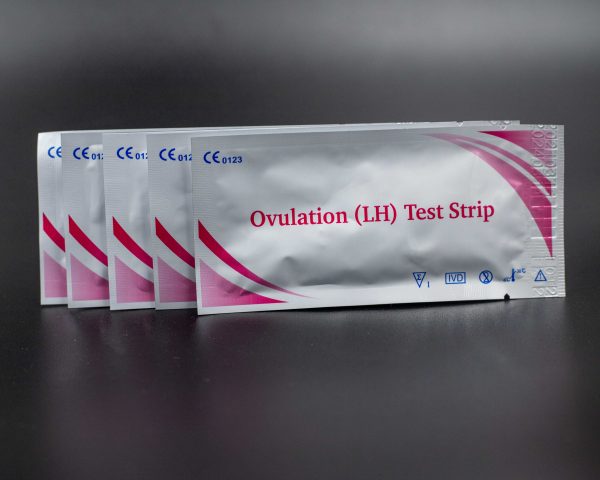











Leave a Reply